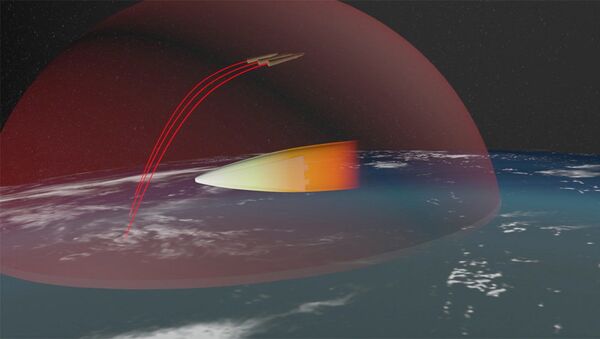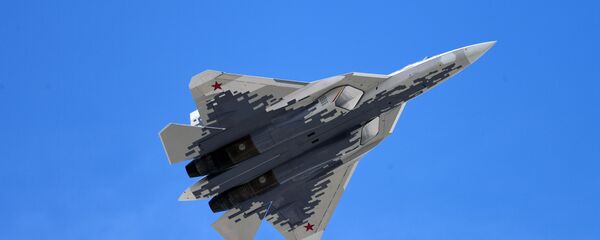The sources, speaking to CNBC on condition of anonymity, reported that Russia tested a nuclear-capable hypersonic glide vehicle (presumably the Avangard) twice in 2016, and again in 2017. The 2017 test was a failure, according to the sources. A fourth test is expected sometime this summer.
Citing an intelligence report, a source said the hypersonic glider's testing involved mounting it to an RS-18A intercontinental ballistic missile (NATO reporting name SS-19).
US intelligence says the vehicle is highly maneuverable, and thus unpredictable and hard to track. It is also fitted with onboard countermeasures, which no existing US missile-defense system can defeat. Furthermore, although it can carry a warhead, it is believed that the force of the glider's impact, as well as its precision, may be enough to destroy targets.
The news site doesn't specify whether the reports were released before or after President Putin's unveiling of of cutting-edge new Russian missile systems in a speech to lawmakers on March 1. Putin confirmed the existence of a hypersonic glider, dubbed the Avangard, as well as the Kinzhal air-launched hypersonic missile, an unnamed nuclear-powered cruise missile, and an unnamed sub-launched nuclear-powered submersible drone.
Putin said these systems, which are nearly operational, were aimed at guaranteeing Russian security amid the US withdrawal from the ABM Treaty, and NATO's continual expansion along Russia's western borders. The Kinzhal hypersonic missile appeared at the 2018 Victory Day parade in Moscow.
In late March, Strategic Command commander Gen. John Hyten told Congress that there was nothing in the Pentagon's arsenal capable of stopping Russia's new hypersonic weapons. Hyten confirmed that the United States was watching both Russia and China's hypersonic capabilities closely.
The US is engaged in its own military modernization, with nuclear modernization alone expected to cost some $1.2 trillion through to 2046. President Trump proposed increasing the 2019 fiscal year budget to $681.1 billion.



